
Greetings Friends,
This monthly newsletter (No. 57) includes: City of Darwin election, events, Lee Point disrespected, endangered species, quiz, plants and wildlife.
1.0 City of Darwin election and events
Over half of the (34) candidates in the City of Darwin Lee Point Candidate Survey said YES to this survey question:
“If elected, will you support council calling on the Australian Government for a moratorium on the current defence housing project at Lee Point until other locations are independently evaluated (by Public Works Committee or similar) for long-term public benefit.”
Lets hope the new Council will write to the Australian Government calling for other locations to be independently evaluated.
City of Darwin candidate forum
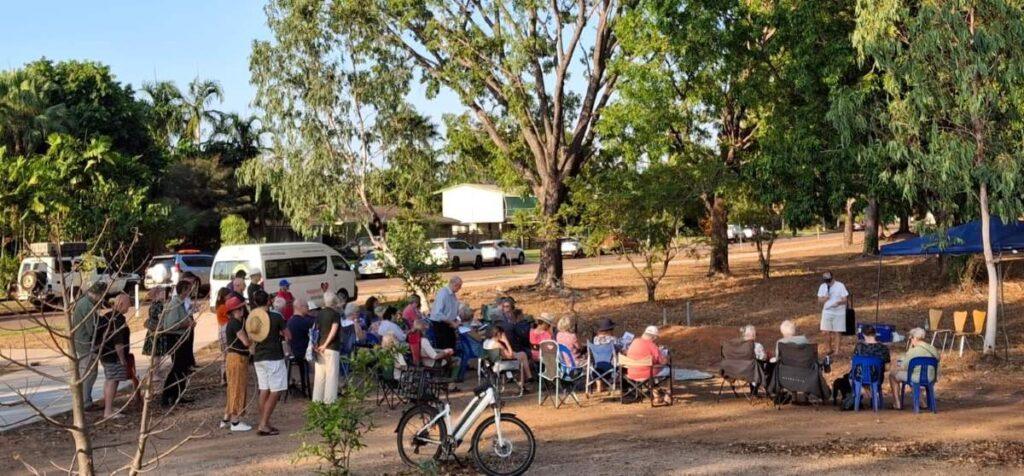
Fig 1. Setting up for the candidate forum at Bagot Park, Darwin, 14 Aug 2025.
Many thanks to PLan (Planning Action Network) for organising a candidate forum at which ~90 people attended including 12 candidates. Lee Point was one of the many topics discussed on the day.
Australia’s Great North Conference Sept 18-19 at Botanic Gardens. This landmark conference will bring together over 250 people committed to making our nature and quality of life flourish in Australia’s north.
Darwin-Garramilla Shorebird Festival Sept 20-23. Our migratory shorebirds have started to arrive back at Lee Point. A good excuse to celebrate – not to be missed!!!
2.0 Lee Point disrespected
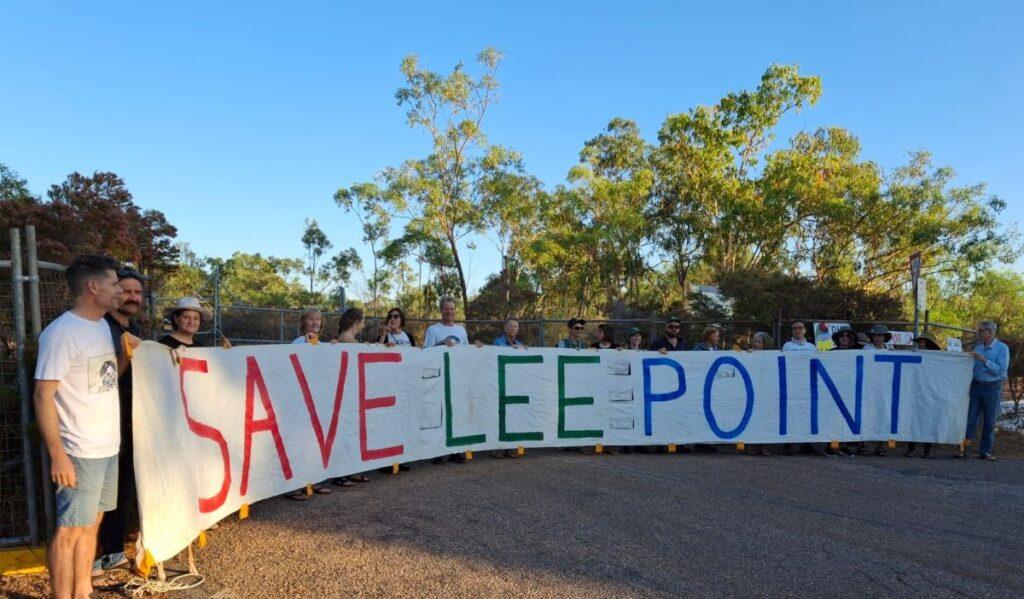
Fig 2. Save Lee Point protesters at the main gate to 2CRU – Sunday morning 17 Aug
Site disturbance – Many people believe that DHA should not have disturbed the site to mulch bulldozed woodpiles. There is a court order in place halting all non-essential maintenance work on site due to cultural concerns – read more
Unjustifiable cost of defence houses at Lee Point. Defence needs 200 houses/lots. It is unacceptable to be threatening endangered species in order to create (500 plus) high priced lots for investors and 200 defence lots/houses when much better locations are available.
Relocating and rescoping the Lee Point defence housing project highlights the problems with housing people at Lee Point and the benefits of relocating the project.
Please sign this PETITION
or
Send an email to government – via Government Contacts
Fire at Lee Point

Fig 3. Fire at Lee Point (probably from arson) mid Aug.
If you see a fire on the Lee Point peninsula it is probably arson, call 000, response time is critical for controlling fires.
A permit is required to light a fire in the bushfire season – for Darwin this is April to November.
3.0 Endangered species
An endangered species is highly likely to go extinct in the near future. Reasons why species are listed as endangered can be found by searching on: government conservation advice plus species name (common or scientific).
Some endangered species found at Lee Point are:
Black-footed Tree-rat
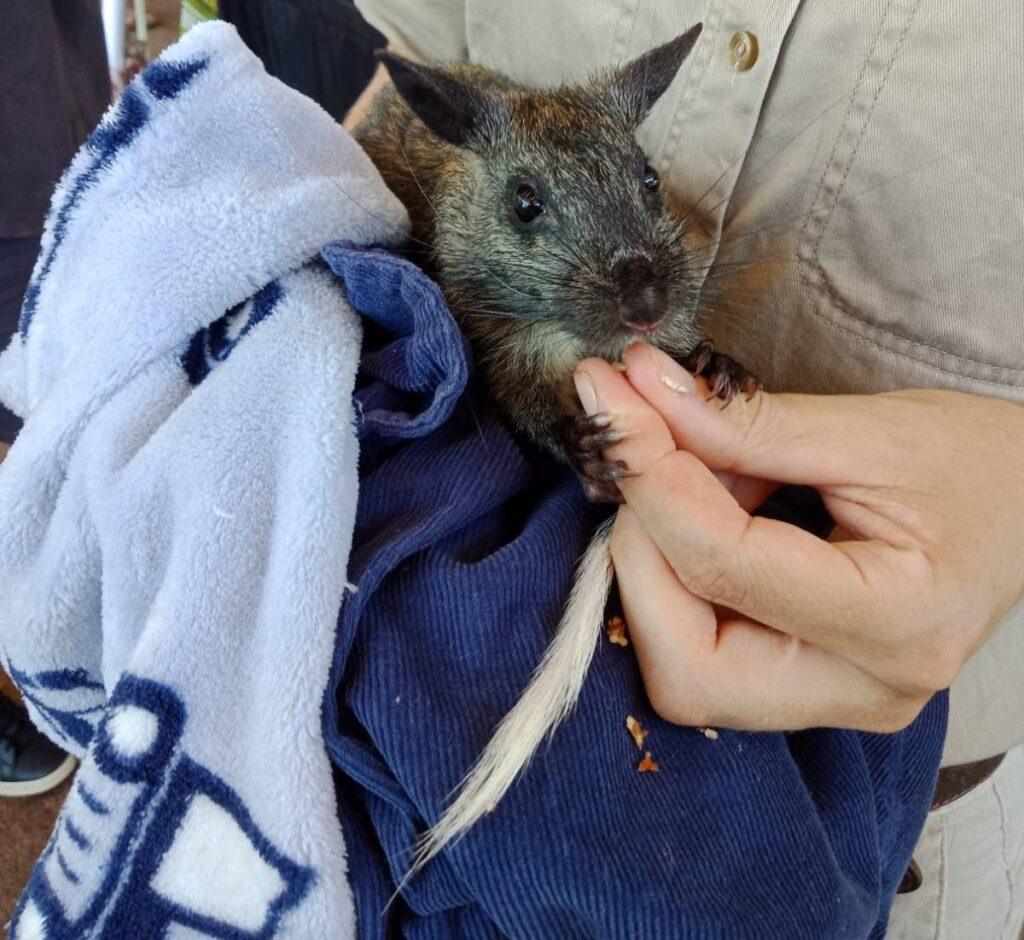
Fig 4. Endangered Black-footed Tree-rat called Fig (after its favourite food) at Freds Pass Show in 2021.
Australia has the highest mammal extinction rate in the world with currently 52 mammals on the endangered list – one of them is the Black-footed Tree-rat (BFTR).
The BFTR population decline probably started from European settlement (1840’s). Since the 1980’s, it has suffered a dramatic decline in numbers. BFTR’s have not been recorded in the Kimberley since 1987 (despite extensive sampling) and largely disappeared from Kakadu.
The Top End savanna (where the BFTR lives) is facing an uncertain future and Darwin has become one of the BFTR’s last refuges. Scientists are warning that the Lee Point, Middle Arm developments will hasten the decline of the BFTR mammal population.
Finding endangered animals can be a real challenge. BFTRs are nocturnal and not seen during the day (unless disturbed), however, their tracks can be.

Fig 5. Black-footed Tree-rat tracks, photos provided by Graeme Sawyer.
Gouldian Finch

Fig 6. Endangered Gouldian Finch on a Wilderness Walk, 10 Aug 2025 – photo by Mitch
Far Eastern Curlew

Fig 7. Critically endangered Far Eastern Curlews at Lee Point in Sept 2024
The Far Eastern Curlew population has declined 80% in the last 30-40 years. Critically endangered means facing an extremely high risk of extinction in the wild.
4.0 Quiz
Lee Point is an internationally significant migratory shorebird site and a refuge for most of the threatened shorebirds in Darwin.
The world’s largest migratory shorebird can be found at Lee Point. What is its name?
5.0 Plants and Wildlife
Savanna habitat
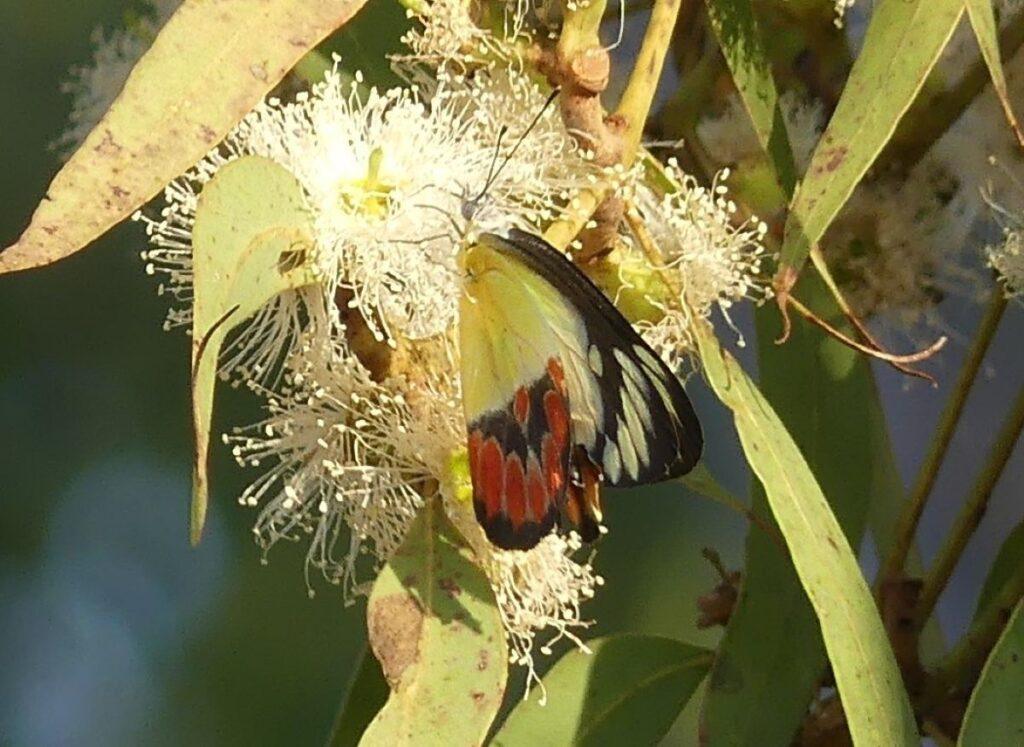
Fig 8. Jezabel Butterfly
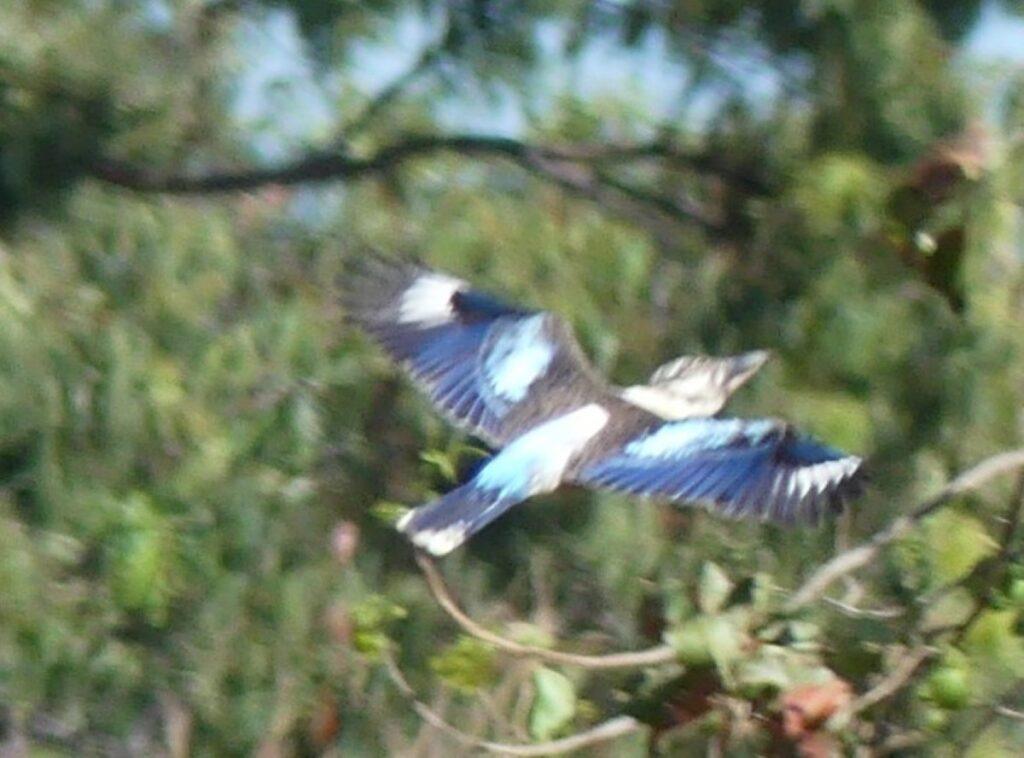
Fig 9. Blue-winged Kookaburra
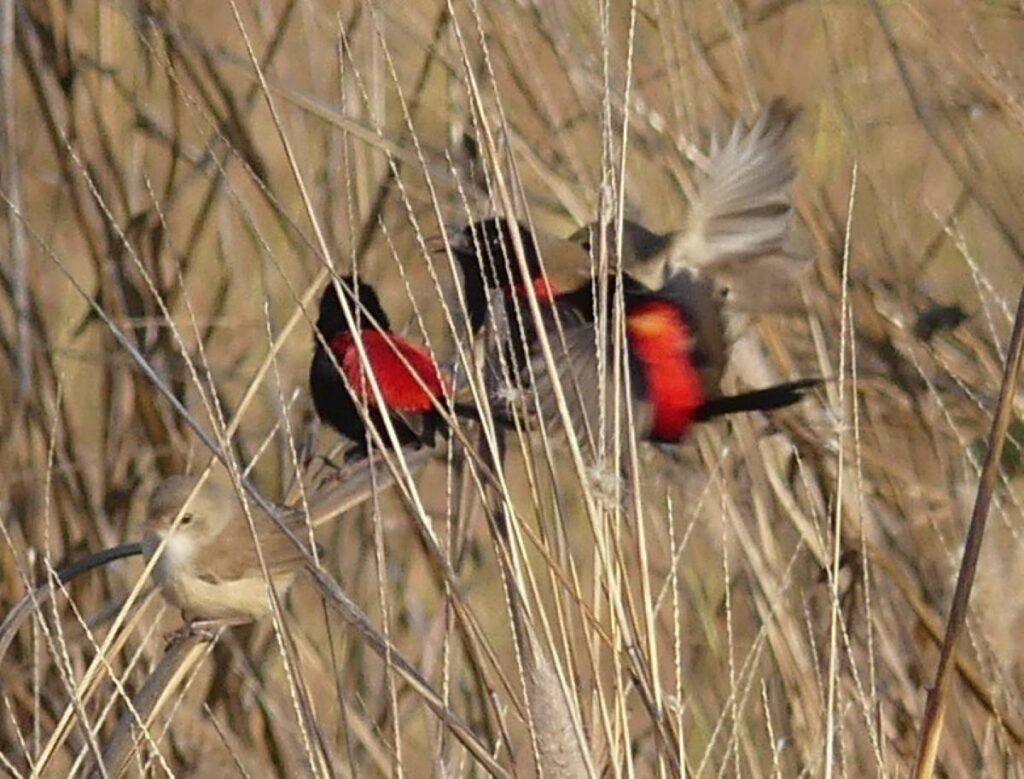
Fig 10. Red-backed Fairy Wrens
Monsoon rainforest habitat
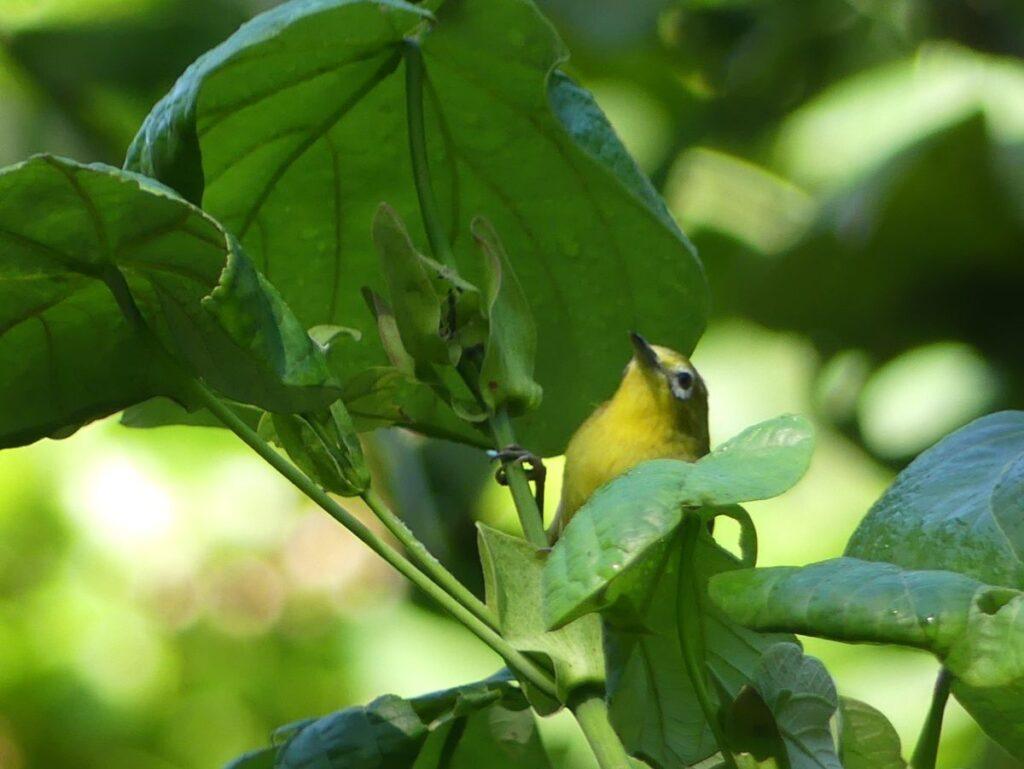
Fig 11. Yellow White-eye

Fig 12. Rainbow Pitta

Fig 13. Red-headed Honeyeater
Wilderness Walks
Bird sightings have increased recently with Wilderness Walks recording between 30-50 bird species, refer ebird for latest sightings. Please check Friends of Lee Point Facebook for walk times.
Enjoy the remaining dry season
Answers to Quiz
The largest migratory shorebird in the world is the critically endangered Far Eastern Curlew.
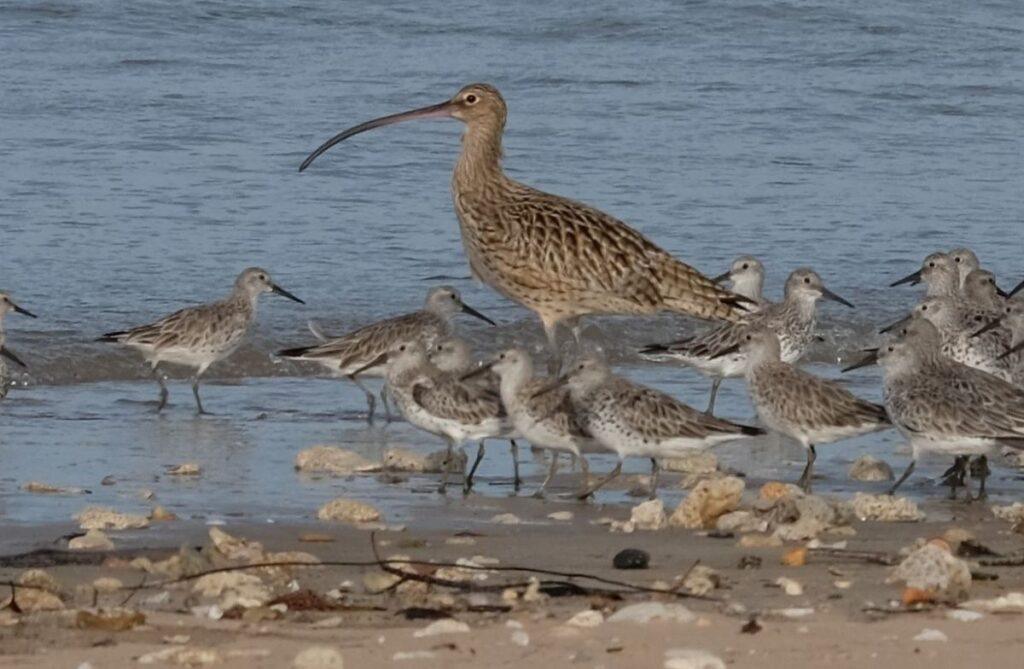
Fig 14. Far Eastern Curlew with Knots at Lee Point.
At Lee Point, threatened shorebird numbers vary from a few hundred in the dry season (May – Sept) to thousands in the October – March period. Knots make up a large proportion of the threatened shorebirds.
A small proportion of migratory shorebirds do not migrate each year because of their age or condition. Flying huge distances to the northern hemisphere (eg. Siberia) over seas is risky as migratory shorebirds cannot land and take-off from water.
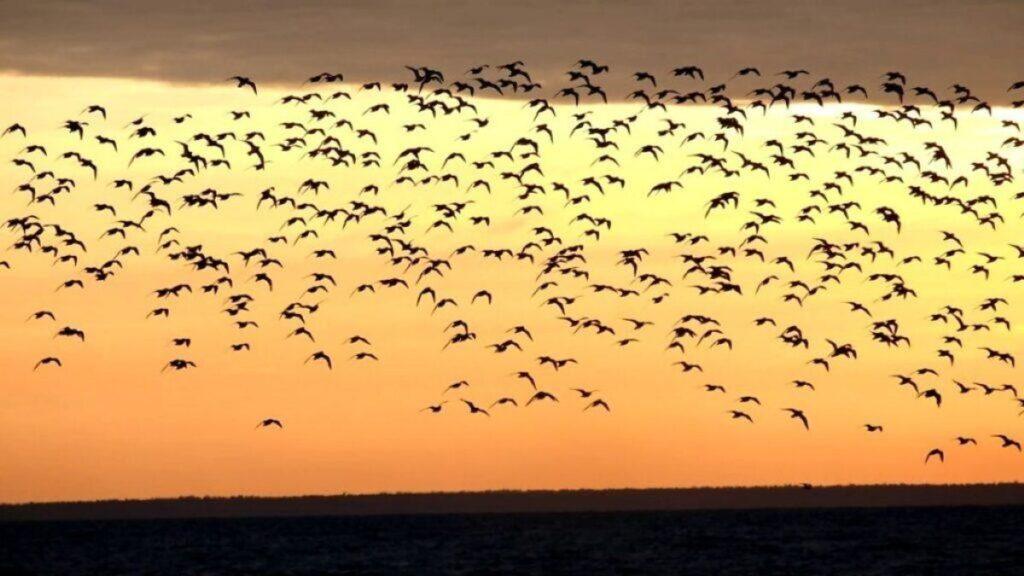
Fig 15. Knots flying at Lee Point – late June 2025, see video clip.